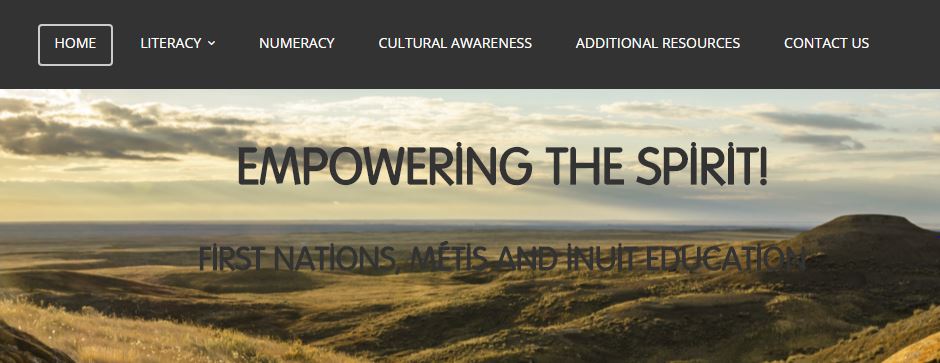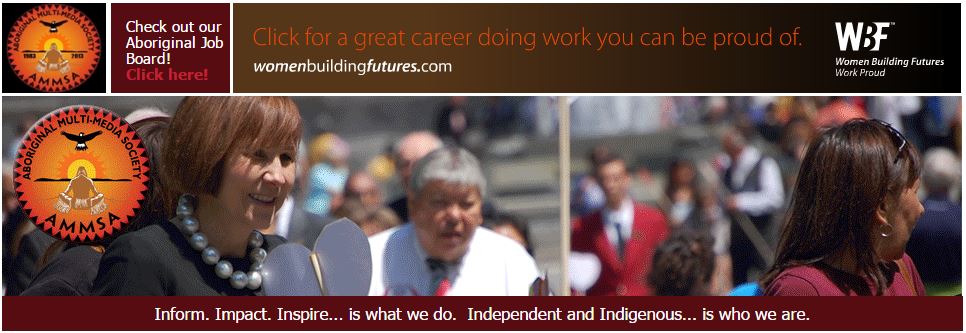https://zone.biblio.laurentian.ca/dspace/bitstream/10219/1986/1/NSWJournalV8_article7.pdf
This article is from the perspective of a non-Native social worker working in a Native social work program. He speaks of the harsh realities that First Nations people have endured and how working in this program has enlightened his perspective immensely. His overall understanding of cultural competency and Aboriginal issues is beneficial is assisting and providing the level of support needed in crisis. He speaks of his interest in working in the Native Social work program and the obstacles he faced due to being non-Native. He understood that he required some background knowledge so enrolled in as many Aboriginal courses he could. He came to understand that First Nations people were one of the most oppressed group, and because of this, what better group to teach people about oppression and resilience.
Module 4 post 1



